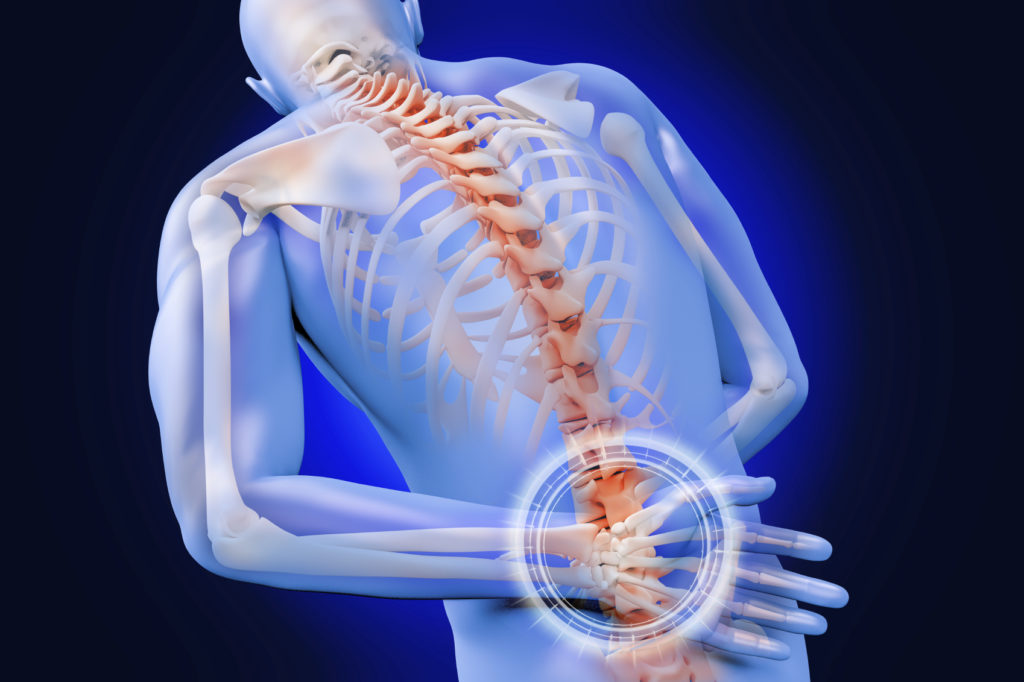Lumbar Fusion: What You Need To Know About This Back Surgery

Back surgery is a big deal, but fortunately, it’s come a long way from even ten years ago and can provide immense relief for those suffering from chronic back pain.
In this article, we’ll discuss the finer points of a specific type of back surgery called lumbar fusion. In so doing, we hope that we’ll be able to alleviate any concerns or questions you may have about this procedure.
The Basics
As the name indicates, spinal fusion surgery is performed on the vertebrae of the back. Where precisely on the back the surgery happens depends on the patient and their needs. In this case, the fusion surgery is focused on the lumbar region, which is part of the lower back. During lumbar fusion surgery, two or more vertebrae are “fused” together in one of two ways. One method uses bone grafts, which are taken from either the patient’s pelvic bone or from a bone bank. A bone graft helps new bone grow in between the two fused vertebrae. Another method uses metal plates, which hold the vertebrae together while new bones grow between them.
Why is this kind of surgery performed? There are a variety of reasons, but the chief amongst them include the following:
- The patient has a degenerative disc disease or some form of spondylolisthesis (a condition where the vertebrae are displaced, either because of age or injury).
- The patient has a weak or unstable spine (caused, again, either by age or by injury).
- The patient has suffered an accident that caused a “broken back,” or the patient has suffered a disease (most specifically a tumor) that has compromised the integrity of the back.
- The patient has spinal stenosis or scoliosis.
What to Expect
Fusions are specifically designed to restrict the motion between two (or more) vertebrae. Therefore, any kind of fusion will restrict the patient’s range of motion. While this can certainly be considered a drawback, the benefit is that the patient will no longer feel pain in that section of his or her back, and any potential compromise of the back will be warded off by fusing the back together.
In addition, lumbar fusion surgery can be conducted a few different ways. A patient can receive lumbar fusion surgery from the front of the body, from the back of the body, from the front and the back of the body, or from either of the sides of the body. No two methods of performing the surgery are the same, and the chosen method will only be determined after an extensive pre-surgical consultation.
Finally, the surgery—which is extensive and takes several hours to complete—will require that the patient’s back be immobilized for some time afterward, in order for the grafting to take hold. For that reason, the patient will be required to wear a brace and to stay in the hospital for a period of time to remain under observation.
The Risks
Like any other kind of invasive surgery, there are risks involved in undergoing lumbar fusion surgery. Before you agree to the surgery, be aware of the following risks:
- Infections: Any time you open human skin, you’re opening the patient up to an infection risk. For this reason, we give patients antibiotics before and after the surgery to minimize the risk.
- Bleeding: Although the bleeding isn’t extensive, it’s usually a good idea to stave off the bleeding as it occurs, in order to prevent any complications.
- Pseudoarthritis: This condition occurs as the bones are fusing together post-surgery. While this is a temporary surgery side effect, if it persists after the recommended healing time, a second surgery may be recommended to correct the problem.
We know how scary a spinal surgery can seem, and we are happy to put your mind at ease by answering any questions you may have about lumbar fusion or other types of back surgery. Contact the office of Milwaukee spine surgeon Dr. Branko Prpa to learn more.

